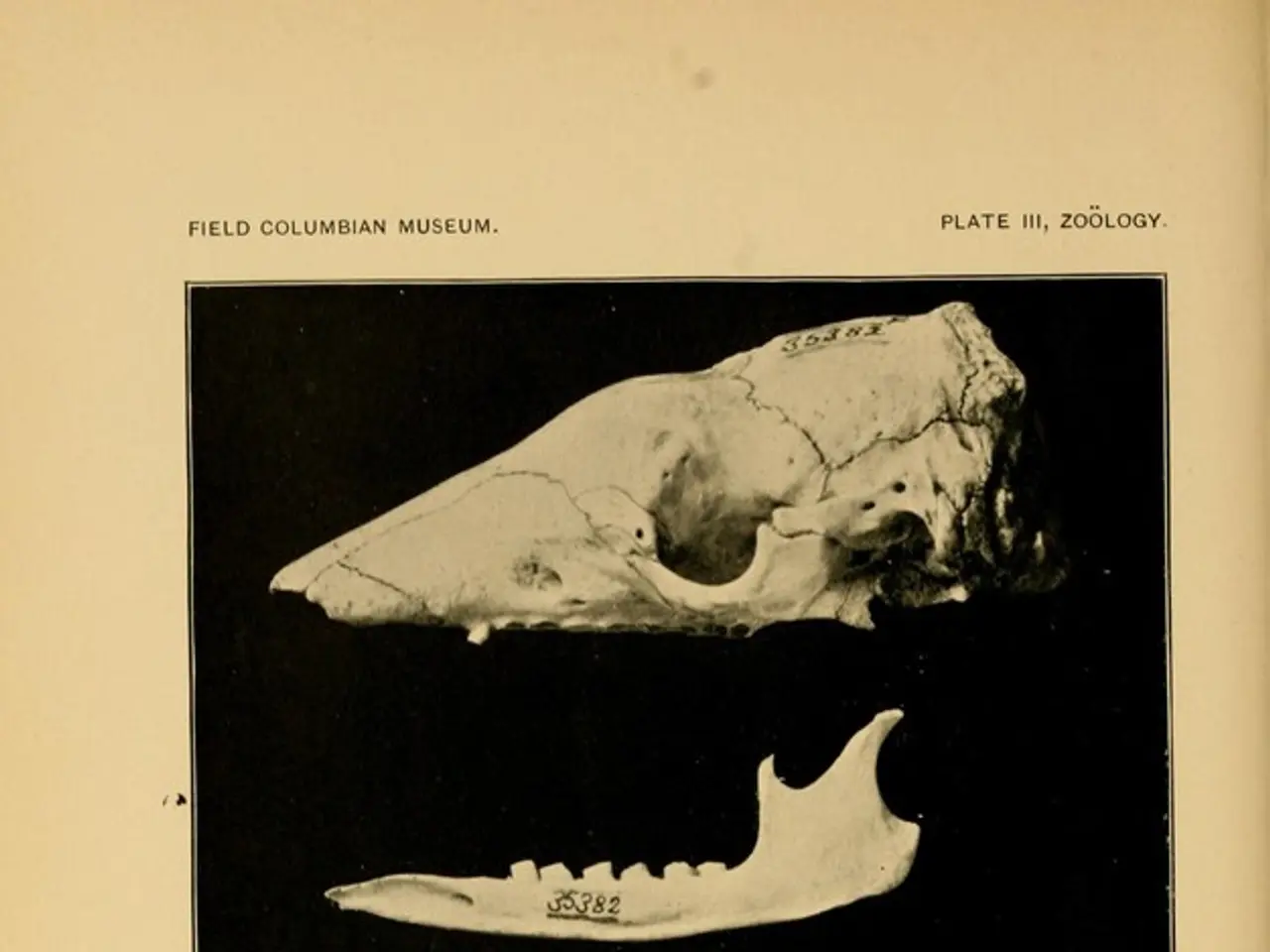Low-Grade Lymphoma is a type of cancer that develops in the body's lymphatic system, progressing slowly compared to other forms.
Low-grade non-Hodgkin lymphoma (NHL) is a type of cancer that affects the cells of the lymphatic system, characterised by slow progression and varied symptoms. This article explores the different types of low-grade NHL, their characteristics, common symptoms, and available treatment options.
Types and Characteristics
Follicular Lymphoma (FL)
Follicular lymphoma originates from B-lymphocytes and represents 20-30% of NHL cases. It is a slow-growing cancer, often chronic and not usually curable but manageable over many years.
Marginal Zone Lymphoma (MZL)
Marginal zone lymphoma includes extranodal (MALT), nodal, and splenic types. This cancer arises from marginal zone B cells and is also indolent.
Mantle Cell Lymphoma (MCL)
Mantle cell lymphoma has features between indolent and more aggressive lymphomas. It is characterised by overexpression of cyclin D1.
Small Lymphocytic Lymphoma (SLL)
Small lymphocytic lymphoma is the tissue equivalent of chronic lymphocytic leukemia (CLL). It is slow-growing with lymph node enlargement, often accompanied by circulating leukemia cells.
Lymphoplasmacytic Lymphoma (LPL)
Lymphoplasmacytic lymphoma often presents with Waldenström macroglobulinemia (high IgM). It is indolent with symptoms related to tumour infiltration and paraproteinemia.
Cutaneous (Skin) Lymphomas
Cutaneous lymphomas usually manifest as persistent skin lesions without systemic symptoms initially.
Common Symptoms of Low-grade NHL Subtypes
Common symptoms of low-grade NHL subtypes include painless, persistent swollen lymph nodes (neck, armpit, groin), fatigue or general tiredness, unexplained weight loss, night sweats, fever without infection, abdominal discomfort or feeling full if lymph nodes or spleen enlarge, and recurring infections due to a weakened immune system. Skin lymphomas may manifest as persistent skin lesions without systemic symptoms initially.
Treatment Options
Treatment options for low-grade NHL depend on the subtype, symptoms, disease stage, and patient factors such as overall health. Watch and wait, immunotherapy, chemotherapy, radiation therapy, targeted therapy, CAR-T cell therapy, and bone marrow transplant are some of the treatment options available. The specific treatment plan may adjust over time based on the person's response to therapy and any changes in the disease.
Summary Table
| Subtype | Key Symptoms | Typical Treatment Options | |-------------------------|---------------------------------|--------------------------------------------------| | Follicular Lymphoma | Painless lymphadenopathy, fatigue, night sweats | Watch/wait, immunotherapy, chemo, radiation | | Marginal Zone Lymphoma | Localized swelling, organ symptoms | Similar to FL; includes antibiotics if infectious triggers (MALT) | | Mantle Cell Lymphoma | Lymphadenopathy, systemic symptoms | Chemo-immunotherapy, targeted agents, transplant | | Small Lymphocytic Lymphoma | Lymphadenopathy, low blood counts | Watch/wait, chemo-immunotherapy | | Lymphoplasmacytic Lymphoma | Symptoms of hyperviscosity, lymphadenopathy | Chemo, immunotherapy, plasmapheresis for symptoms | | Skin Lymphomas | Skin lesions (patches, plaques) | Topical, phototherapy, localized radiation, systemic treatments |
Each subtype has distinct clinicopathologic features guiding therapy selection, but all share indolent behaviour and the potential for long-term management rather than cure.
References: 1. Lymphoma.org 2. Leukaemia Care 3. American Society of Clinical Oncology






